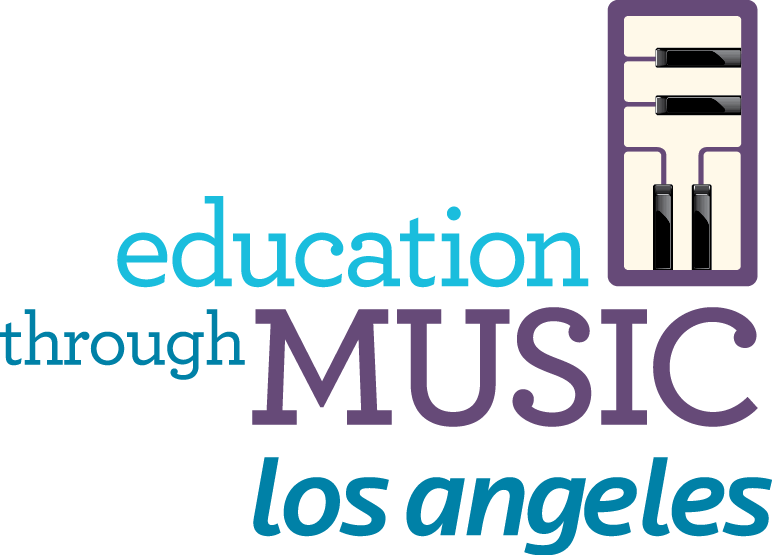This month, our music teachers share how they explore social studies, culture, artists, and music in their classrooms through the celebration of Black History Month. Take an inside look at some of the ways our students are learning about Black music, history, and culture:

Kindergarten – Rhythm
Ms. Cannon’s class began their rhythm lesson by reading the book “I Got the Rhythm” by Connie Schofield-Morrison. The class then shared what they think rhythm is in music. After completing Ready GO Music’s Hipcat Jazz Club play along, the class began connecting musical symbols with the spoken syllables, ta, ti-ti, and rest. Using their new knowledge, students started to play along on rhythm sticks with different songs to identify the rhythm. Using the video, Soul Rhythm Play Along | Clap, Drum, Speak or Shake, the class got to practice their rhythm skills using musical themes from the movie Soul. Ms. Cannon explained how the main character Joe Gardner was the first Black protagonist in a Pixar feature film. To celebrate all that the students accomplished, Ms. Cannon did a rhythmic call and response with Celebration by Kool & The Gang while the class played rhythm sticks around the room.
Fourth Grade – Ukulele
Last semester, Mr. Xue’s students studied Early American Music and have now moved onto Jazz. Touching on the Harlem Renaissance, students discussed how important this moment was in history for Black artists to gain respect and acknowledgement of their contributions that were not previously given. The fourth graders learned a Black American (folk song) hand game called “Head and Shoulders, Baby 1-2-3” and began learning Duke’s Place by Louis Armstrong on ukulele. Mr. Xue also encouraged the students to compose their own lyrics to the melody of the song. The class utilized basic elements of improvisation, composition, and accompaniment through singing their lyrics while playing the ukulele.
Middle School – Blues
Mr. Mustacato began his Blues lesson with the question, “What might a Blues singer be singing about/struggling with living in America from 1950-1970?” Using the Socratic method, the discussion integrated social studies and music as the students explored how ethics and civil rights played a role in the birth of the Blues. The class listened to some popular Blues songs to discover the meaning of the lyrics and learned the roots of Blues music formation. Using a culturally relevant example, Vegas by Doja Cat, the class learned the song’s reference to Big Momma Thorton’s Hound Dog.
The students then split into groups to explore the 12 Bar Blues Cycle. Each group was assigned a different classroom instrument representing one of the three chords in the 12 Bar Blues: rhythm sticks (I Chord), buckets (IV Chord), and shakers (V Chord). Finally, the class followed the 12 bar chord progression together. The students were able to play different arrangements of the Blues cycle using their instruments in the progression and later, were able to try different instruments played by other groups.
Education Through Music-LA is proud to honor Black history and culture all year long. Continue learning at our Celebrating Black History page.
# # #
Education Through Music-Los Angeles is an independent 501(c)(3) non-profit organization whose mission is to provide and promote music in under-resourced schools as part of the core curriculum for every child in order to enhance students’ academic achievement, creativity, and overall development.
For more information: www.etmla.org





